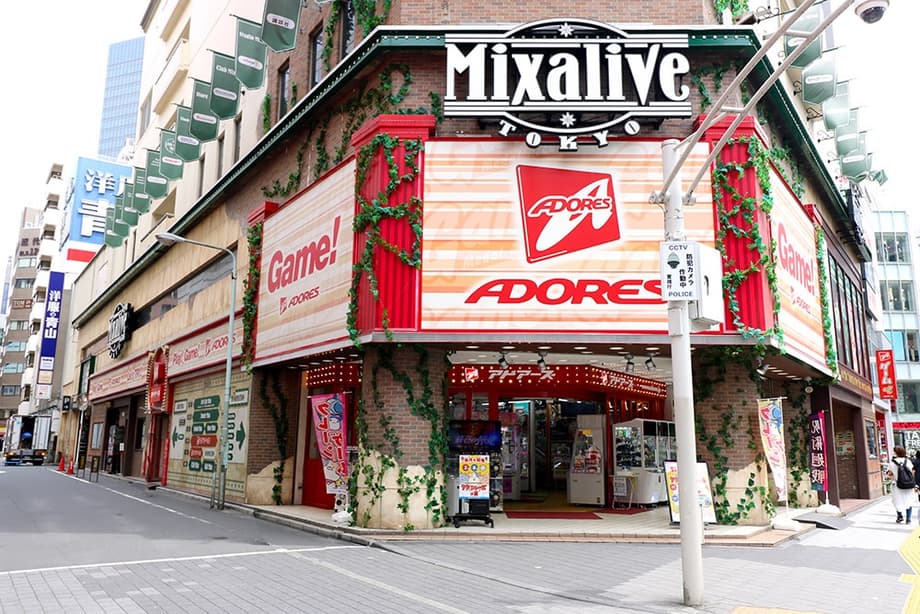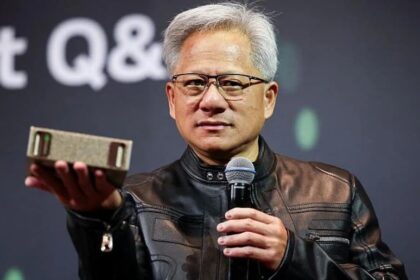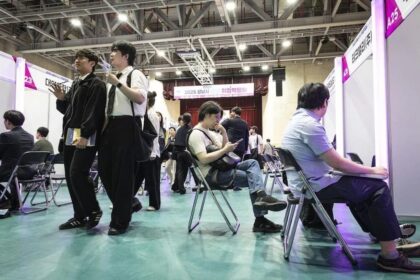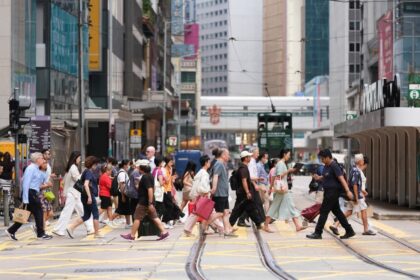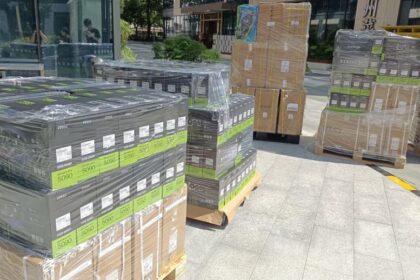A closing chapter for a landmark on Sunshine 60 Street
Adores Sunshine, a game center on Sunshine 60 Street in Tokyo’s Ikebukuro district, will close permanently in January after 40 years. The three floor arcade confirmed its last day of business as January 18, citing “various circumstances” in a public notice. The phrase is often used by companies in Japan when they do not list a specific reason. Since opening during the arcade boom of the 1980s, 1990s, and early 2000s, Adores Sunshine has served waves of students, office workers, and travelers on the busy route between Ikebukuro Station and the Sunshine 60 complex.
- A closing chapter for a landmark on Sunshine 60 Street
- Why Tokyo arcades keep disappearing
- Ikebukuro has felt the losses before
- What the Adores statement tells us, and what it does not
- A social space that shaped generations
- What remains in Tokyo for arcade fans
- Planning a last visit before the lights go out
- What to Know
In the final weeks, doors will open daily from 10:00 to 23:45. The address is Tokyo to, Toshima ku, Higashi Ikebukuro 1 14 1. Regulars regard the site as a neighborhood landmark, and the impending closure marks the end of a familiar meeting spot in a part of the city known for its younger crowds. The manager’s message thanked patrons for decades of support and directed them to two other locations in the chain, Adores Shibuya in central Tokyo and Adores Wako in nearby Saitama. There was no mention of moving to a new location in Ikebukuro. The decision arrives after a string of closures around the district in recent years, a trend that has reshaped where and how people gather to play.
Why Tokyo arcades keep disappearing
Several forces have converged to make arcade operations harder in Tokyo. Modern consoles and gaming PCs now rival or surpass stand alone arcade hardware. Online matchmaking connects players without a commute, and social features inside games create the group experiences that game centers once offered. Digital storefronts and regular content updates also keep players engaged at home.
The smartphone has changed casual habits too. Sticker photo booths, long a revenue pillar for urban arcades, have lost ground to high quality phone cameras and filters. Younger visitors still enjoy group photos, but the activity no longer requires a special booth or a trip to a game center, which means fewer impulse visits and less spillover to other machines.
From cabinets to claw machines
To remain viable, many operators have pivoted toward prize machines. Claw games occupy large stretches of floor space, and their inviting prizes pull in passersby who might not consider themselves gamers. The audience often skews to families and couples rather than competitive players. Capsule toy machines add another layer. They offer a hint of chance yet guarantee that a customer leaves with something, which can feel fairer than a claw game that might require several tries.
Thin margins and rising costs
Even with these shifts, profit margins remain razor thin. Industry surveys show that a profitable arcade may keep only about six yen from every 100 yen spent. Electricity bills, taxes, prize procurement, machine maintenance, and licensing costs have climbed. The aftereffects of pandemic restrictions still weigh on foot traffic in some neighborhoods. Smaller and mid sized venues have closed, while big chains inside shopping malls are expanding with layouts designed around families, crane games, and gacha corners.
Ikebukuro has felt the losses before
Ikebukuro has already said goodbye to one giant in recent years. In September 2021, the nine floor Ikebukuro Gigo, once a signature red facade near the station, closed when its fixed term lease ended and the building required renovations. Crowds gathered for a farewell ceremony. A new arcade later opened across the street and now operates under the GiGO name.
At the send off, the site manager addressed fans who had lined the street.
“If it were in my power, I’d want to stay open forever at this location and greet the happy faces of our wonderful customers.”
Elsewhere, several recognizable venues have dimmed their lights. The Adores buildings in Akihabara closed in 2020 and 2021. Taito Station in Nishi Shinjuku shut in March 2021. GiGO Akihabara 1 is scheduled to close after 32 years when its lease expires in August 2025, with other GiGO locations in the area remaining open. Corporate ownership has shifted as well. Sega sold a majority of its arcade business to Genda in late 2020, then exited the segment in early 2022. The chain rebranded as GiGO, and some properties streamlined or relocated.
What the Adores statement tells us, and what it does not
The wording in Adores Sunshine’s announcement, the reference to “various circumstances”, leaves room for interpretation. Some shuttered arcades cite lease expirations or redevelopment. This notice did not, which suggests a decision shaped by store performance, a wider strategy, or both. There is no official explanation beyond the brief notice.
What the message did make clear is gratitude to patrons and a desire to welcome them at other branches. Adores Shibuya and Adores Wako continue to trade, and both serve different neighborhoods and demographics. For anyone planning a send off, the Ikebukuro site will operate on its regular schedule until January 18. The address is Tokyo to, Toshima ku, Higashi Ikebukuro 1 14 1, and the posted hours are 10:00 to 23:45.
A social space that shaped generations
Beyond the machines, Tokyo arcades have long served as social spaces. Players learned matchups by watching shoulder to shoulder. Local champions drew challengers from across the city. Competitive scenes for Street Fighter II, Virtua Fighter, and Guilty Gear bloomed around weekly events. Rhythm games shook floors, and networked card games filled rows with strategy fans. Sticker photo corners provided their own rite of passage for teens, from school uniforms to themed group shots.
Several veterans of the scene say the current pressures are unlike earlier cycles. Morihiro Shigihara, a journalist and former arcade manager, put it plainly when asked about a wave of closures during the pandemic years.
“The fact that even big arcades are going out of business one after the other shows the situation’s severity.”
In response, many surviving centers have diversified. They host live streams, retro game nights, talk events with developers, and formal tournaments. Arcades like Mikado have built a reputation for preservation alongside competition, which continues to draw visitors from across Japan and from overseas travelers.
What remains in Tokyo for arcade fans
Even as Ikebukuro prepares to lose Adores Sunshine, the city still offers rich options for people who want cabinet play and a slice of culture that is hard to replicate at home. Some focus on one genre and some cast a wide net. Several are destinations worth a special trip.
- Mikado Takadanobaba and Mikado Ikebukuro, known for retro cabinets, tournaments, and preservation of classic arcade play.
- Taito Hey in Akihabara, a destination for shoot em up fans and classic Taito titles across multiple floors.
- GiGO Akihabara 3, a mix of rhythm games, versus fighters, and a large retro floor called Retro:G.
- Game Newton in Itabashi and Oyama, a fighting game hub with a strong community and frequent livestreams.
- Game In Ebisen in Nerima, a haven for shoot em up competitions and high level play.
- Game Spot Versus, famous for weekly Street Fighter II Turbo gatherings and a loyal player base.
Family oriented amusement centers inside malls continue to grow as well, often with a floor plan built around crane games and capsule machines. Visitors interested in classic cabinets should plan around specialty venues, check social media for event calendars, and bring small change for quick entries into tournaments or time attacks.
Planning a last visit before the lights go out
If you plan a farewell visit, expect crowds during evenings and weekends as the final day approaches. The arcade sits along Sunshine 60 Street, a straight walk from the east exits of Ikebukuro Station. Bring coins, though change machines are on site. Follow staff instructions if any areas are restricted during the last week, and be considerate with photography.
Inside, you will find a strong focus on crane games, plus a rotating lineup of rhythm and photo booths. Prizes often reflect current anime and pop culture hits. Machines may cycle out as the closing date nears, so take a slow lap of all three floors before settling in. Set a budget and a time limit, then enjoy the atmosphere while it lasts.
What to Know
- Adores Sunshine in Ikebukuro will close permanently on January 18 after 40 years of operation.
- The arcade occupies three floors on Sunshine 60 Street and will remain open daily from 10:00 to 23:45 until the final day.
- Management cited “various circumstances” for the closure and thanked customers for their support.
- The statement pointed patrons to Adores Shibuya and Adores Wako. No plan to reopen in Ikebukuro was announced.
- Tokyo arcades face headwinds from home consoles, online play, and the smartphone era that reduced demand for sticker photo booths.
- Prize machines now anchor revenue, while capsule toy machines grow in popularity and guarantee a take home item.
- Reports show tight margins for arcades and rising operating costs, especially electricity and maintenance, after pandemic disruptions.
- Ikebukuro previously lost the nine floor Ikebukuro Gigo in 2021 due to a lease expiration and building renovations.
- Some standout Tokyo arcades still thrive, including Mikado, Taito Hey, GiGO Akihabara 3, Game Newton, Game In Ebisen, and Game Spot Versus.
- Expect crowds near the closing date and prepare to queue for popular machines and photo spots.


